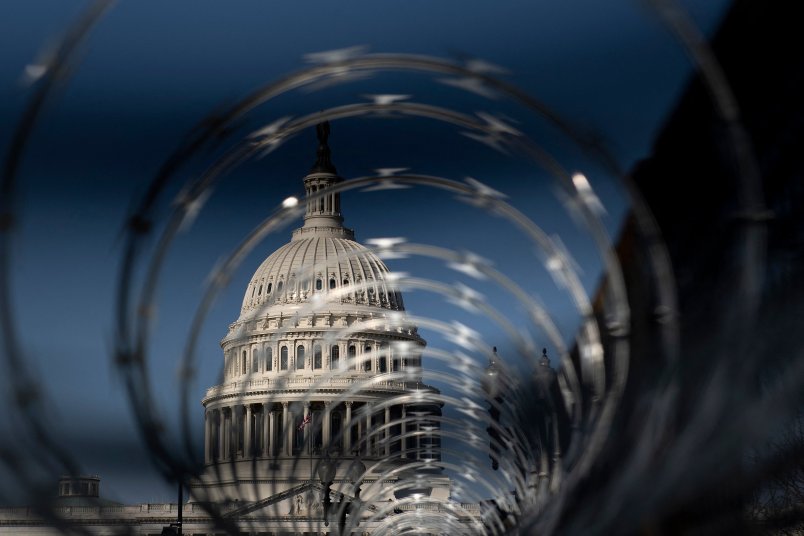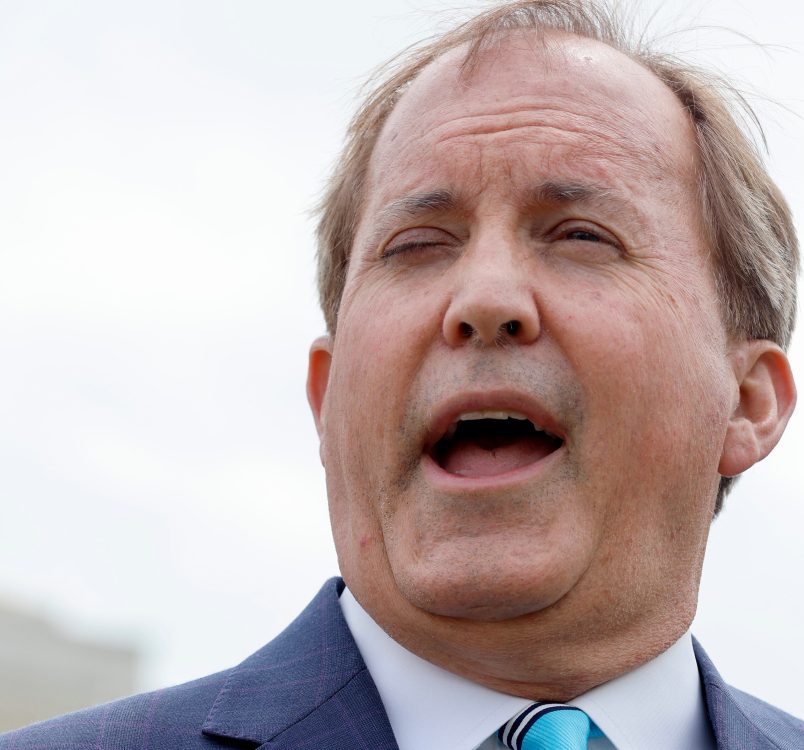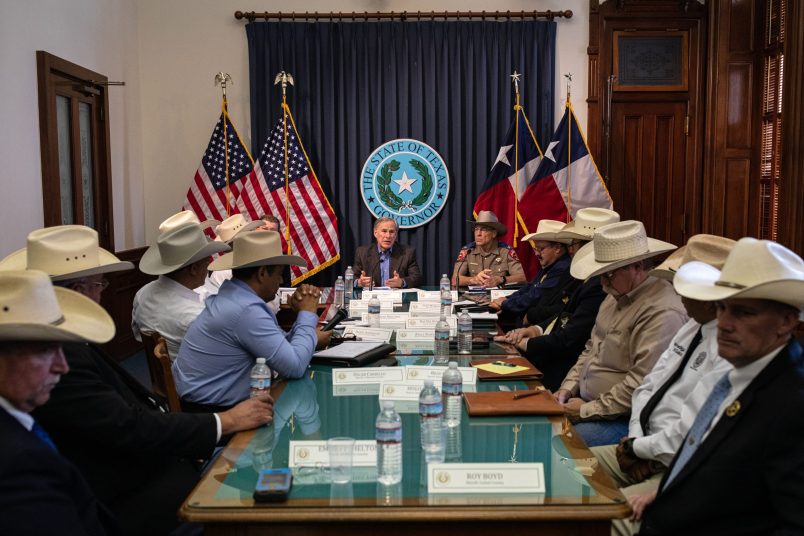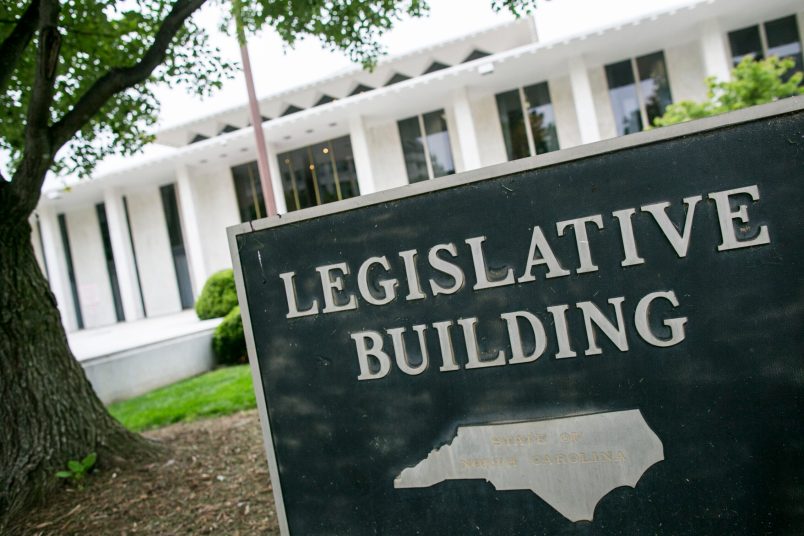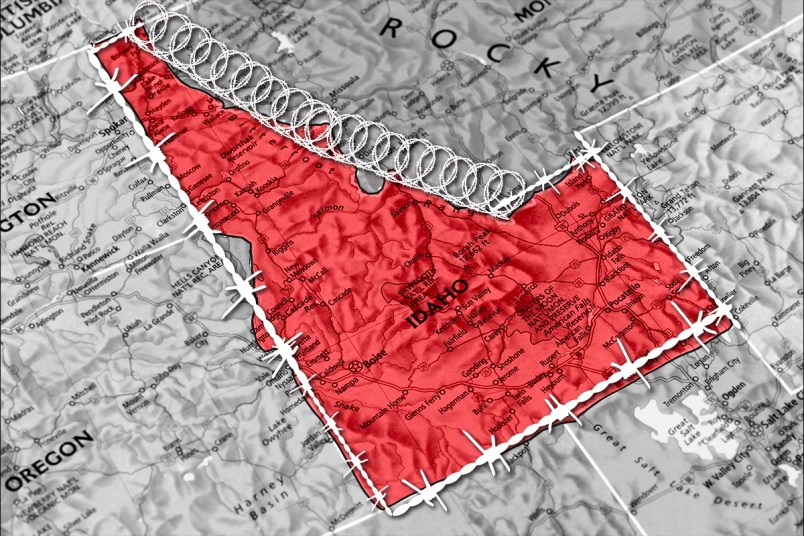Protesters demanding justice for the Jan. 6 defendants – who they dub “political prisoners” – are scheduled to gather at the U.S. Capitol this Saturday. Here’s what we know:
Organizers say they want the release of detained Capitol rioters
The point of the protest – styled as “Justice for J6” – is to call for justice for people charged in the ongoing investigation into the Capitol attack. The insurrectionists currently detained pending trial have been deemed as martyrs to the cause and branded as “political prisoners” in far-right circles. Though hundreds of people have been charged federally in the attack, only a few dozen remain behind bars pending trial.
“Our event is a Rally Against Political Persecution to bring awareness and attention to the unjust and unethical treatment of nonviolent January 6 political prisoners who are being denied their basic rights as afforded by the Constitution,” the event’s permit application read.
“The event will include the saying of the Pledge of Allegiance, songs of patriotism, prayer, guest speakers, and the showing of a video. We will be using this time to make our voices heard in asking that all charges be dropped for nonviolent detainees and they be released from solitary confinement.”
Matt Braynard, the event’s organizer and the former director of data and strategy for the 2016 Trump campaign, has been pushing this issue for months, including with a demonstration outside of the D.C. Central Detention Facility in July and the United Nations a few weeks after that.
Braynard called on the U.N. to “be a voice of reason and urge the United States government to immediately release pretrial detainees, investigate and prosecute their abuse, and halt all further arrests and prosecutions pending a thorough and meaningful bipartisan investigation into the prosecutions of these protesters.”
In January, he wrote to the Justice Department that “we do not support the Biden Administration using those few bad apples as an excuse to persecute the peaceful Trump supporters who entered the Capitol with selective prosecutions based on their political beliefs.”
Law enforcement isn’t taking any chances
One thing’s for sure, according to the local law enforcement: This will not be another Jan. 6.
The Capitol Police board has approved resurrecting the temporary fencing around Congress. And last month, the D.C. Metropolitan Police Department said it would be activating its entire force for the protest. Internal law enforcement documents have reportedly warned officers that some could see the event as a proxy “justice for Ashli Babbitt” gathering, and that police should anticipate the potential for violence.
Reporters have spotted new surveillance cameras going up in the area.
Referring to the fencing — and nodding to some bipartisan complaints that it restricts public space in the nation’s capital — Capitol Police Chief Tom Manger sought to assure the public. “These are temporary measures to ensure everyone’s safety,” he said in a statement.
Prospective attendees are worried about undercover law enforcement
In the wake of the Capitol riot and the federal law enforcement crackdown on its participants, right-wingers are obsessed with the idea that protests are being infiltrated by undercover cops.
On a chat room for the upcoming event hosted on Discord, prospective attendees try to combat talk of “glowies” — slang for an undercover federal agent so obvious that they “glow in the dark.”
“The problem now though is that anytime somebody tries to organize an event, doomers shout ‘GLOWIE’ as an excuse to continue to not doing anything,” one user wrote last week. “Man,” another frustrated user wrote Tuesday morning, “i’m starting to think the glowie narrative is from the feds at this point. That or we have a lot of losers on our side, not sure which is worse.”
Representatives of groups whose members now face conspiracy charges for their actions at the Capitol riot — the Proud Boys and Oath Keepers — have said they’re eschewing the event for the same reasons. “Sounds like bait,” the Proud Boys Telegram channel announced earlier this month.
Paranoia may cause low attendance
Despite the event’s impressive media coverage — every major news organization has noted it — there’s little indication it will inspire a huge crowd. Even organizers have said they only expect a few hundred people.
“The short of it is that we have not witnessed anything that would indicate large numbers of far-right demonstrators, or Proud Boys in particular, will attend this event,” Michael Edison Hayden, a spokesperson for the Southern Poverty Law Center, told TPM
Another factor: Braynard himself. Though he attained some minor celebrity as an “expert” witness for plaintiffs in several states alleging that the 2020 election was stolen, he’s no Donald Trump. He simply doesn’t have the draw his old boss does.
“I would describe him as a peripheral figure,” said Jared Holt, a researcher at the Atlantic Council’s Digital Forensic Research Lab.
Their real goal is rewriting U.S. history
Braynard hasn’t been shy about another motive for the event, and for the past several months of his activism: Rewriting the history of Jan. 6.
“This is really about fighting the narrative about what actually happened on Jan. 6,” he told Steve Bannon in one recent interview, adding later: “This protest is not about elections, it’s not about who won, it’s not about voter fraud. It’s about the abuse of these political prisoners and the scapegoating of them for this grand insurrection narrative.”
As Braynard explained to the conservative Catholic outlet Church Militant recently, he’s pushing back against the narrative that Jan. 6 was a “white supremacist insurrection” — because, he said, that narrative is being used by the left as a “premise” to justify everything from critical race theory to restricting gun rights. The logic is tortured, but it’s also a well-worn strategy for the fringe right.
“They are absolutely trying to recast it,” Hayden said. “This is a tactic we’ve seen from the far-right through the Trump years. These are tactics that are familiar to historians who study the history of fascism, because the Trump movement has many similarities to a fascist movement.”


